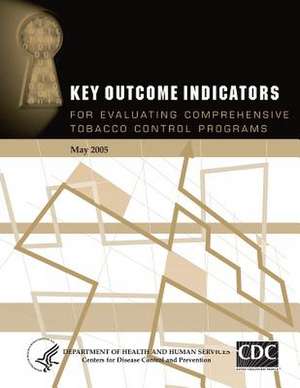Key Outcome Indicators for Evaluating Comprehensive Tobacco Control Programs
Autor Department of Health and Human Services, Centers for Disease Cont And Preventionen Limba Engleză Paperback
Preț: 172.49 lei
Preț vechi: 181.58 lei
-5% Nou
Puncte Express: 259
Preț estimativ în valută:
33.01€ • 35.84$ • 27.73£
33.01€ • 35.84$ • 27.73£
Carte disponibilă
Livrare economică 01-15 aprilie
Preluare comenzi: 021 569.72.76
Specificații
ISBN-13: 9781495924897
ISBN-10: 1495924890
Pagini: 316
Dimensiuni: 216 x 279 x 17 mm
Greutate: 0.74 kg
Editura: CREATESPACE
ISBN-10: 1495924890
Pagini: 316
Dimensiuni: 216 x 279 x 17 mm
Greutate: 0.74 kg
Editura: CREATESPACE
